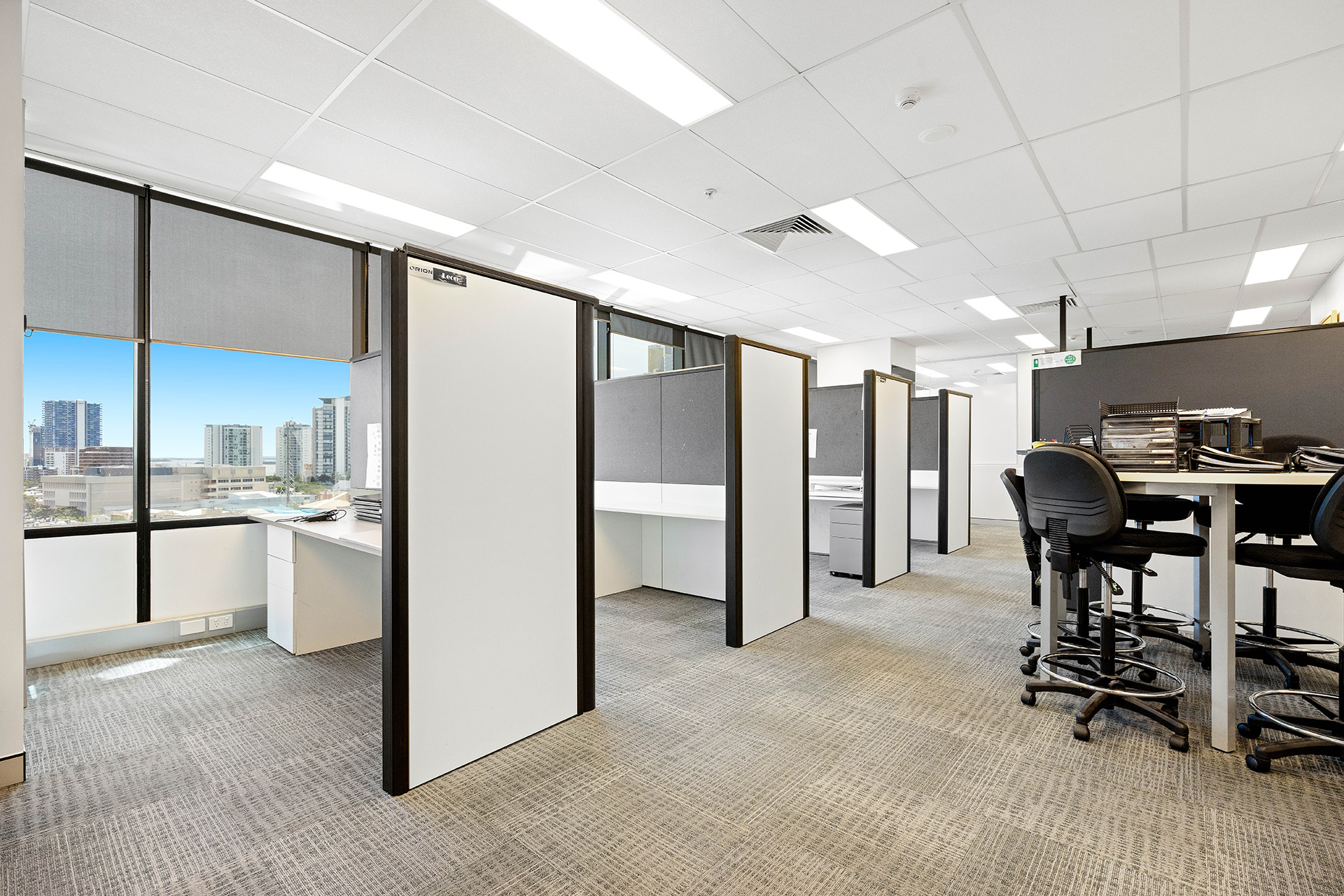Gold Coast Office Sector Tightens
August 27 2024

The Gold Coast’s office sector vacancy rate fell across the first six months of the year, according to fresh data. With one of the tightest office vacancy rates in the country, the Coast’s rate dropped from 6.4 per cent in January to 6.2 per cent in July, figures from the Property Council of Australia’s (PCA) market report show.
“The true vacancy rate may be even lower when second-grade properties and those with specific-use fit-outs are excluded from the figures,” says Adam Grbcic, lead sales agent at Kollosche Commercial. “The Gold Coast has one of the tightest office vacancy rates in the country, with limited options for businesses looking to expand.”
The city recorded the lowest vacancy rate of any Australian office market in the PCA’s July office market figures. Nationally, vacancies in CBDs remained stable, marginally increasing from 13.5 to 13.6 per cent, while non-CBD areas saw rates fall from 17.9 to 17.2 per cent. This was the lowest rate since 1995.
Brisbane’s CBD vacancy rate declined from 11.7 per cent to 9.5 per cent. That city’s drop in vacancy was due to the combined factors of strong demand, with 26,552m² of net absorption, as well as 40,338m² of office stock being withdrawn from the market. Sydney’s CBD office vacancy rate fell from 12.2 to 11.6 per cent, and Adelaide’s from 19.3 to 17.5 per cent.
However, three CBD markets saw vacancy rates increase. Melbourne’s rate rose from 16.6 to 18 per cent, Canberra’s increased from 8.3 to 9.5 per cent, while Perth’s lifted from 14.7 to 15.5 per cent, all largely driven by new supply of quality office space.

Meanwhile, the Gold Coast’s vacancy rate has hovered around 6 per cent for a considerable amount of time – extremely low compared to those other Australian city office markets.
“To date, very low levels of new stock are coming online or being added to the letting pool, particularly in key and high-demand precincts such as Broadbeach and Miami,” notes Adam.
Between July 2023 and January of this year, while other markets experienced substantial vacancy increases, the city’s rate barely moved – from 6.3 per cent to 6.4 per cent. The rate underlines the high interest from investors and businesses in the Gold Coast and South-East Queensland generally.
“From a market sentiment perspective, there is a high demand for leasing in Miami, Broadbeach and Mermaid Beach,” says Adam. “We are again seeing a shift away from office demand in previously popular precincts, such as Southport and Surfers Paradise, creating micro commercial hubs across the Gold Coast.”

While new stock is expected to come online in the latter part of this year – 3,000m² at 33 Scarborough Street, Southport – demand is far outpacing supply. And according to Colliers Market Report of April this year, beyond that, no further new developments are expected until 2027 when V&A Broadbeach (5,500m²) is due to complete. Other proposed projects, including 5,192m2 at Building 4, Acuity Business Park, remain on hold until pre-commitment levels are achieved, Colliers reported.
Due to the limitation and cost of land in core precincts, future office supply is anticipated to shift to areas outside the core, such as the M1 corridor, it said. Factors hindering new office development in the city include a lack of land, especially in the city’s central and southern business centres, as well as the construction crisis, which is not only making it nearly impossible to acquire a builder but also pushing costs so high that making projects financially viable is nearly impossible.
These issues are also true for asset owners looking to improve their buildings from lower to higher grades to meet the still-rising demand for A-grade space. Given that more than 80 per cent of the city’s office stock is secondary grade or lower, according to Colliers, that represents a lot of potential upgrading.

Understandably, given the continuing demand, investor interest in the Coast’s office sector remains strong. Despite transaction volumes nationally dipping across last year, office sales in the city continued to rise, topping $160 million, well up on 2022’s $103 million. Of those sales, about 67 per cent were deals below $10 million, with most in Southport.
Private investors, syndicators/fund managers, and owner-occupiers are active in the Gold Coast office sector, but institutional interest is expected to increase in the second half of this year as confidence – and the market’s expectation of interest rate cuts – grows.
Reach out to Kollosche Commercial for strategic sales and leasing expertise.